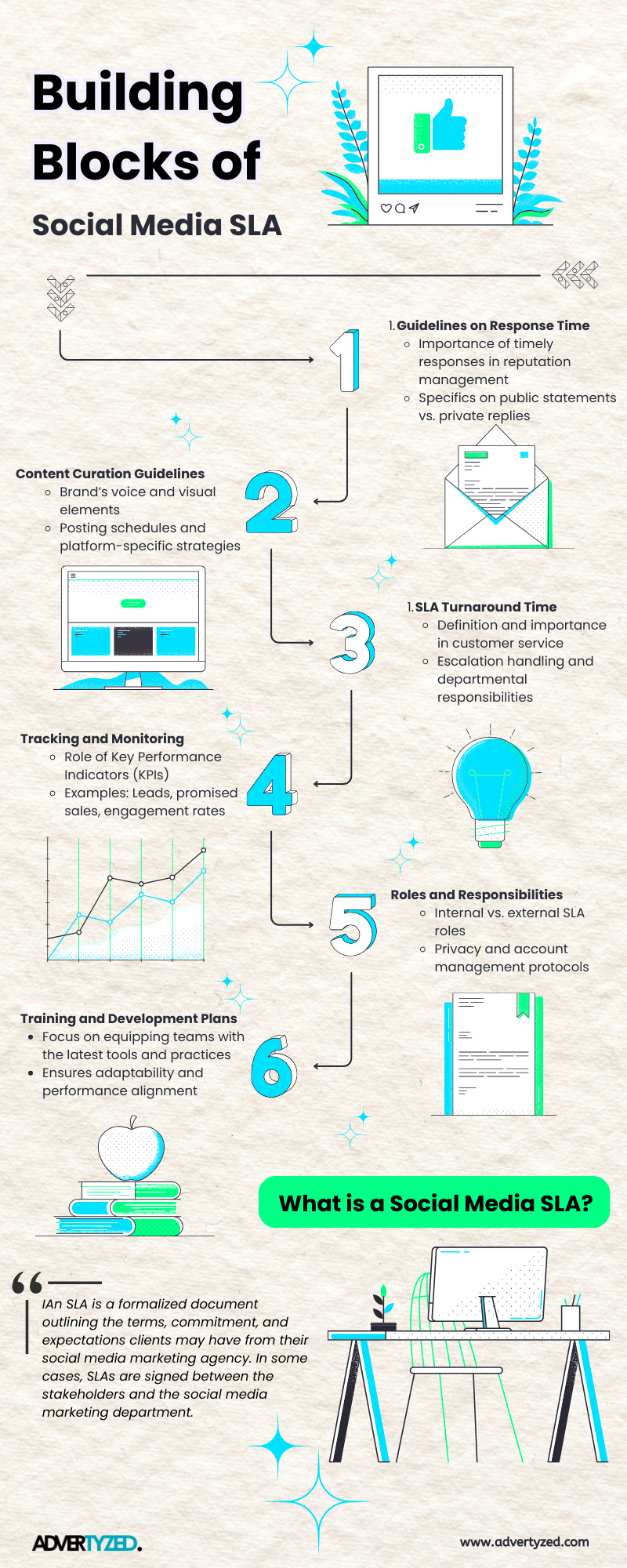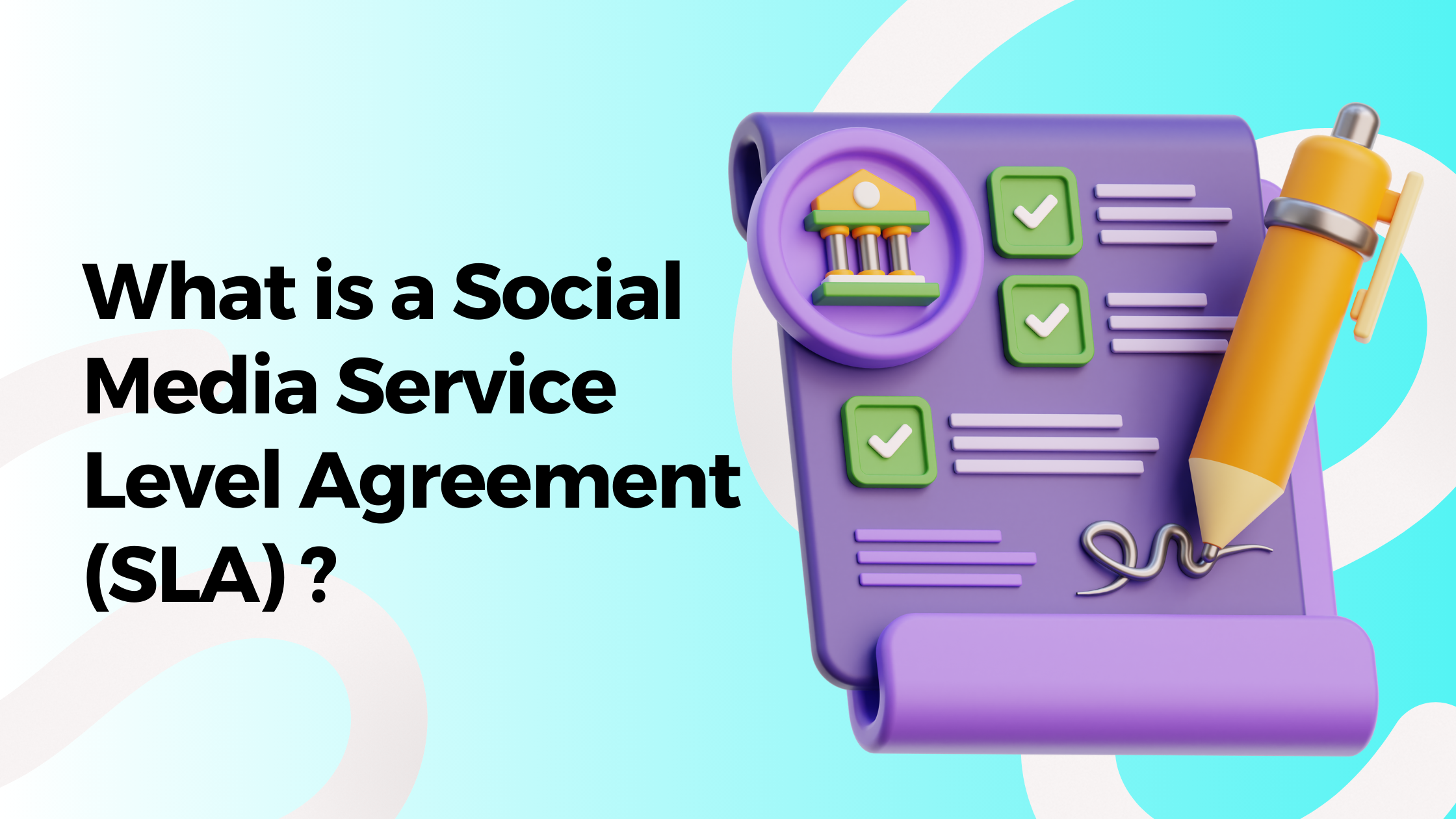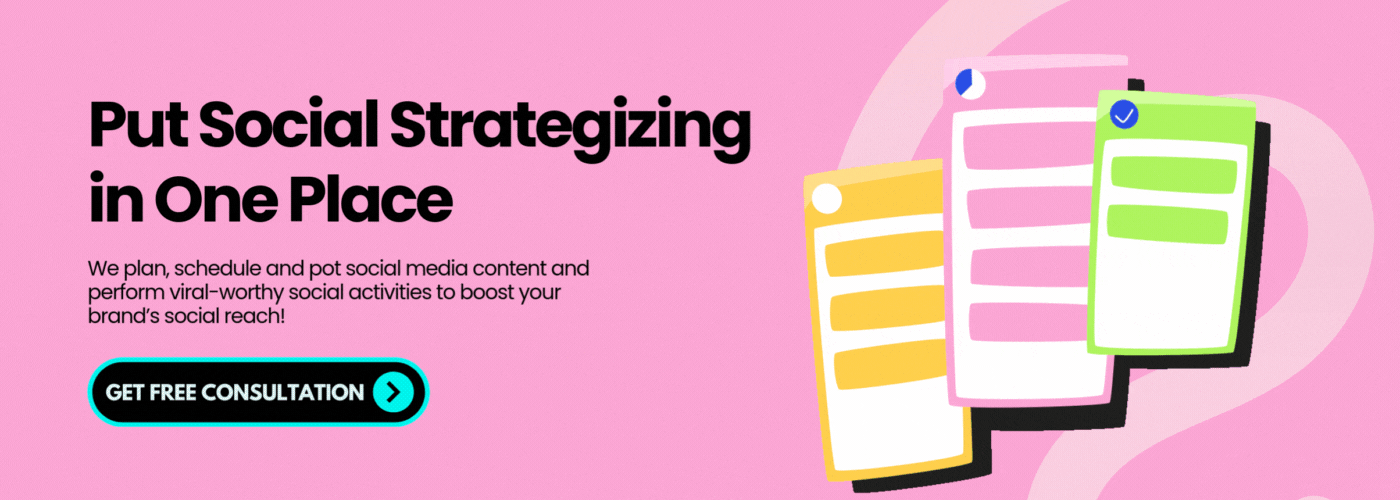In business, success depends on commitment delivered and promises kept. Such is the case with social media marketing services. To honor commitment and deliver expected results, clients sign a Social Media Service Level Agreement (SLA).
Understanding SLAs
This agreement encompasses all the aspects of social media marketing and it also serves as a reference document for marketing guidelines, often described as Social Media Service Level Agreement Marketing (SLA marketing).
Traditionally, social media SLAs are a critical component of outsourcing social media marketing services to digital marketing agencies. This document highlights every nitty gritty detail of how social media marketing is going to be done, including response time and other details.
In simple terms, an SLA is a formalized document outlining the terms, commitment, and expectations clients may have from their social media marketing agency. In some cases, SLAs are signed between the stakeholders and the social media marketing department. This type of SLA is an internal document signed by the “director of social media marketing” with the CEO or any other management-level resource.
Social media SLAs also serve as a ground for customer satisfaction and delivery of social media content. It defines clear expectations and guidelines on certain agreed-upon deliverables.

6 Building Blocks of Social Media SLA
Every agreement has components to it that define what the agreement is about. Same is the case with social media SLAs. These components play a crucial factor in maintaining expectations and deliverables between an agency and its client. Here are 7 essential components of a social media service level agreement.
1. Guidelines on Response Time
Social media is an open platform where freedom of speech is highly practiced. Brands that have a massive following often find themselves trapped in a reputation case and negative sentiments from their followers. In such cases, it’s crucial to respond to customers and clear the air.
An SLA defines the optimum time to respond to customer queries that arise via comments, messages, and profile status. Whether a response should be a public statement or a reply in the comment section is also defined in the SLA based on the priority and sensitivity of the comment.
2. Content Curation Guidelines
Every brand has a unique voice, tone, and design elements that are sacred to its social media marketing efforts. These elements are clearly defined in an SLA to avoid any confusion. In some cases, brands mention their color codes in the social media SLA for consistent design psychology.
Moreover, the content curation segment of an SLA also defines the time, frequency, and type of social media posts that will go on all platforms. If a client signs up for a custom social media marketing plan, the SLA defines whether the same post will go on all social platforms or not.
3. SLA Turnaround Time
SLA turnaround time is also known as social media SLA response time which defines the time taken to respond to a customer query or escalation. Whether a client offers a product or service, there will be customer escalation regarding refunds, damaged products, or any other reason.
These escalations are often tackled by the customer resolution department. However, some clients often outsource customer escalation management to their agency with added cost.
In this case, SLA includes a part about how and when these escalations will be addressed. The SLA also defines which departments will be responsible for handling what sort of escalation. For instance, if there’s a negative post about a brand regarding a product or service refund, the SLA would mention the responsible department to resolve this issue. This streamlines responsibilities and minimizes internal disputes.
4. Tracking and Monitoring Parameters
One of the main reasons why clients outsource social media marketing is because of high performance. However, without a benchmark, it’s impossible to determine a social media agency’s output and return on investment.
In this case, SLAs outline tracking and monitoring parameters which are often called Key Performance Indicators (KPI). These KPIs are decided between the client and the agency. They serve as a means of determining performance output.
One of the most common examples of KPIs are “leads” and “promised sales.” These are often broken into numbers and promised by the agency based on their record of working with similar clients.
5. Roles and Responsibilities
The roles and responsibilities section is often used between internal SLAs where social media marketing directors outline their and their team’s roles and responsibilities. In some cases, the roles and responsibilities section of an SLA is used between clients and agencies. Common examples of roles and responsibilities within an SLA are, designing social media creatives, posting, and page admin rights.
Sometimes, clients don’t prefer sharing access to their social media accounts due to privacy reasons. In this case, the social media marketing agency is responsible for creating ads and organic creatives and the client is responsible for posting.
The agency then collects ad and organic data and provides consultation and other tasks. In other cases, the social media agency is tasked with all the derivatives including responding to chat messages and sales inquiries.
6. Training and Development Plans
The T&D section of SLAs is mainly present in internal agreements. This is mainly because a director-level person is well-equipped to train their social media team on new tools, best practices, privacy policy, and data security. By training team members companies can ensure smooth adaptability to expectations and better results. Hence, the training commencement, direction, and subject are all outlined in an internal SLA.
A Word for the Wise
While new agencies and clients might find SLAs to be binding and enforcing, experienced agencies and clients find it defensive. Since an SLA outlines every aspect of an agency’s services in detail, it can be used as a tool to defend against additional tasks and responsibilities.
Similarly, clients can use SLA sections as references to performance outputs, responsibilities, and content guidelines. In short, SLAs are helpful documents that streamline work between an agency and a client. This document also fosters a collaborative environment within an agency and helps smoothen operations through a piece of centralized information.



